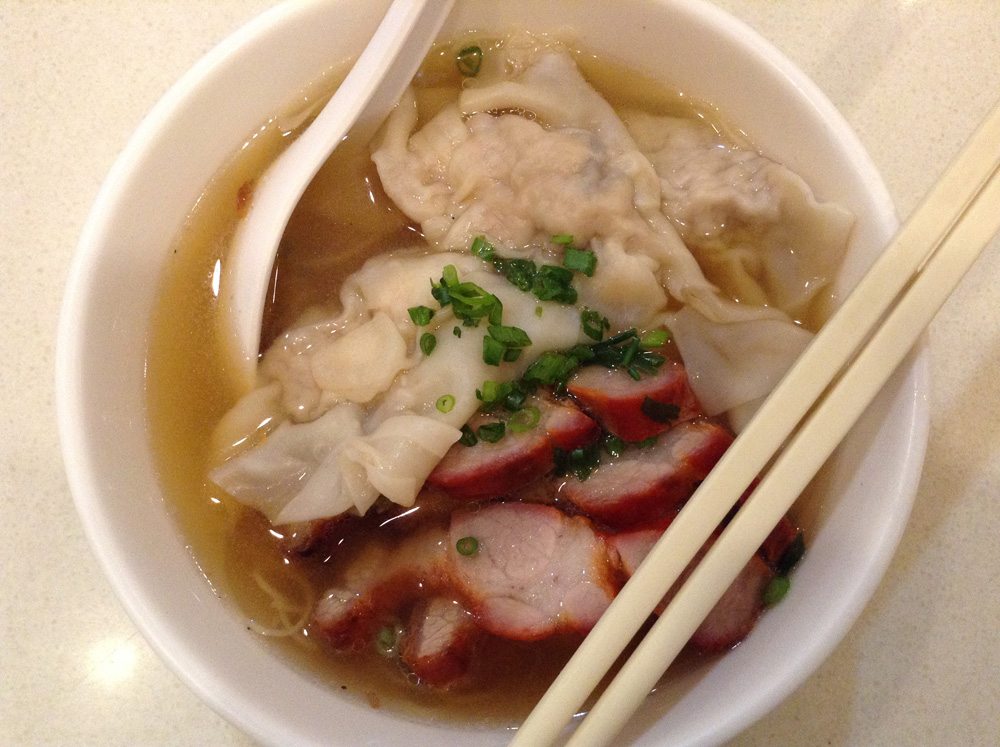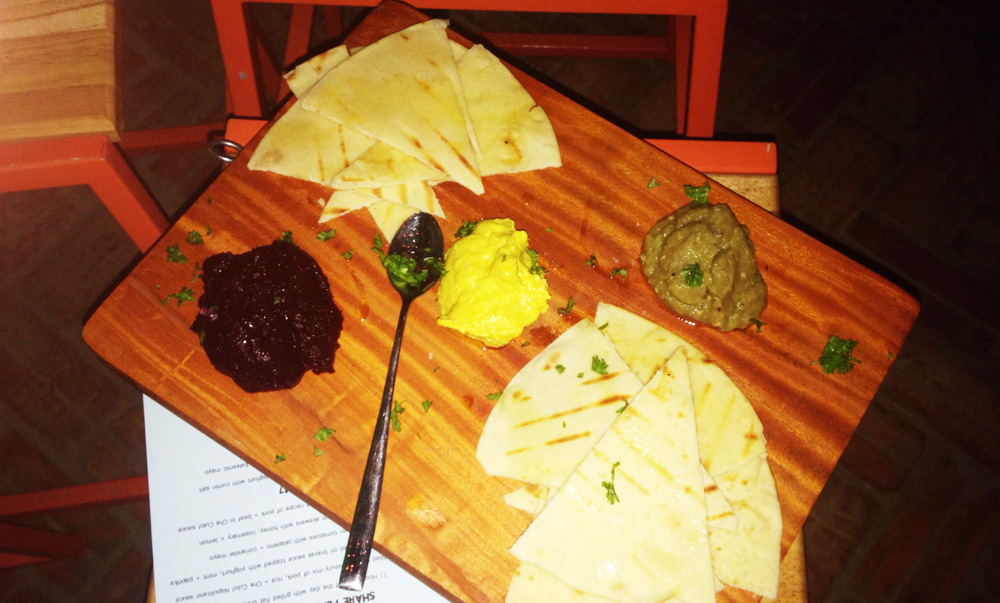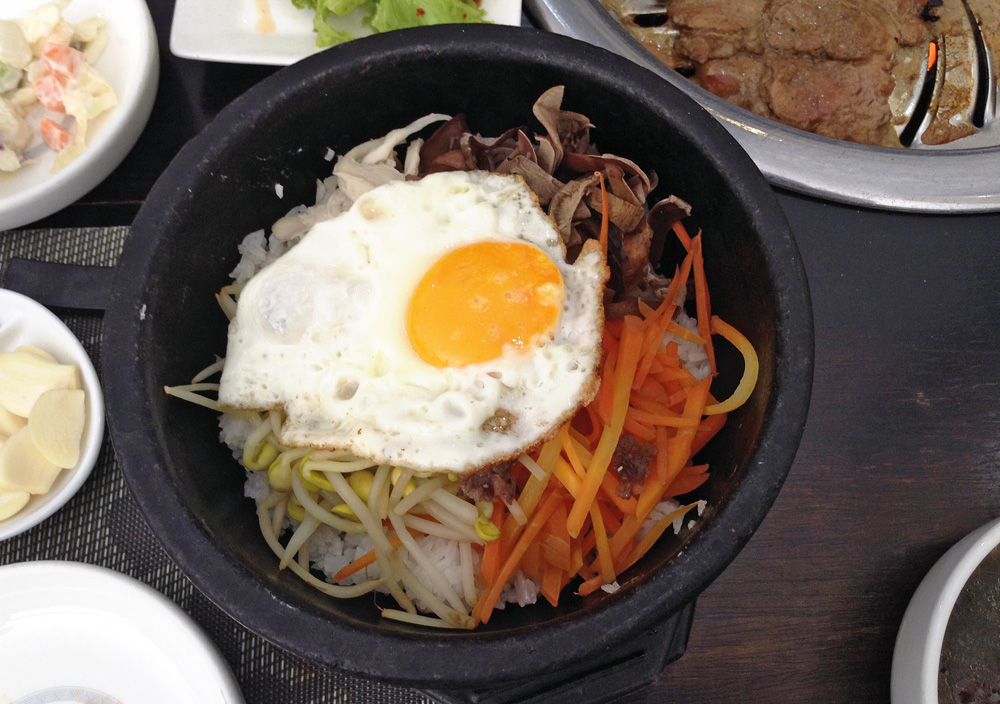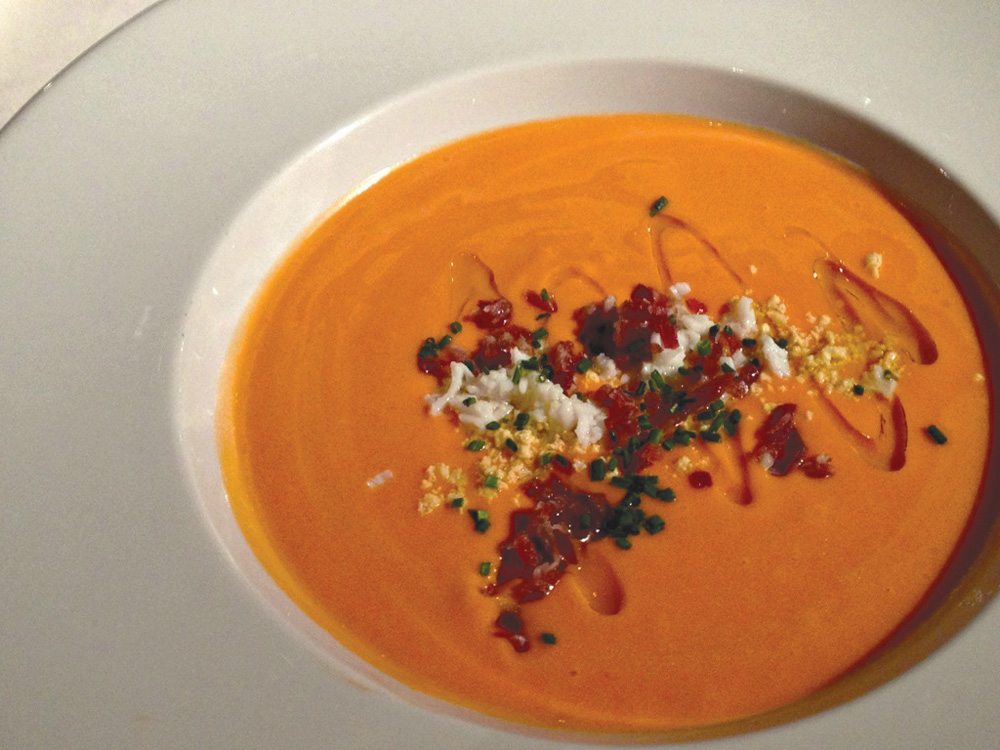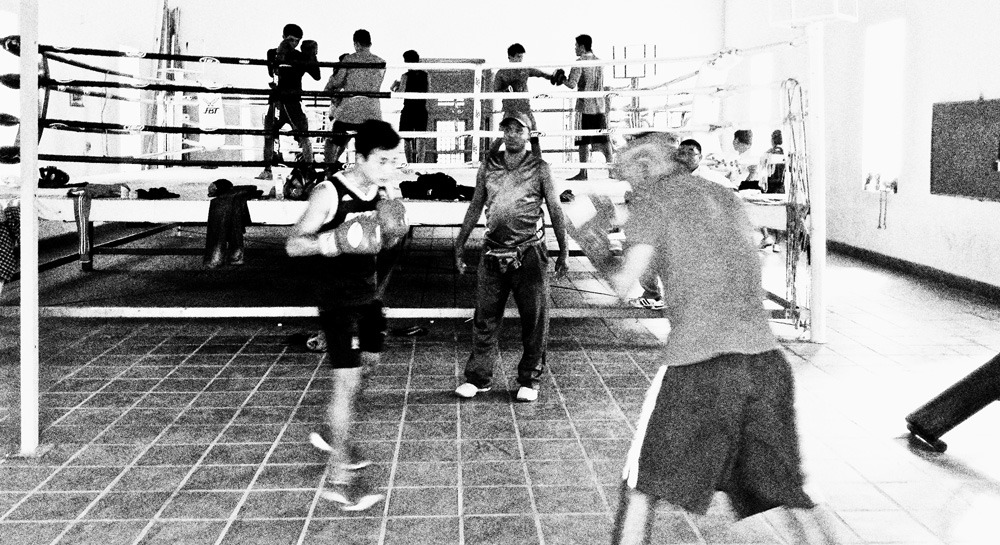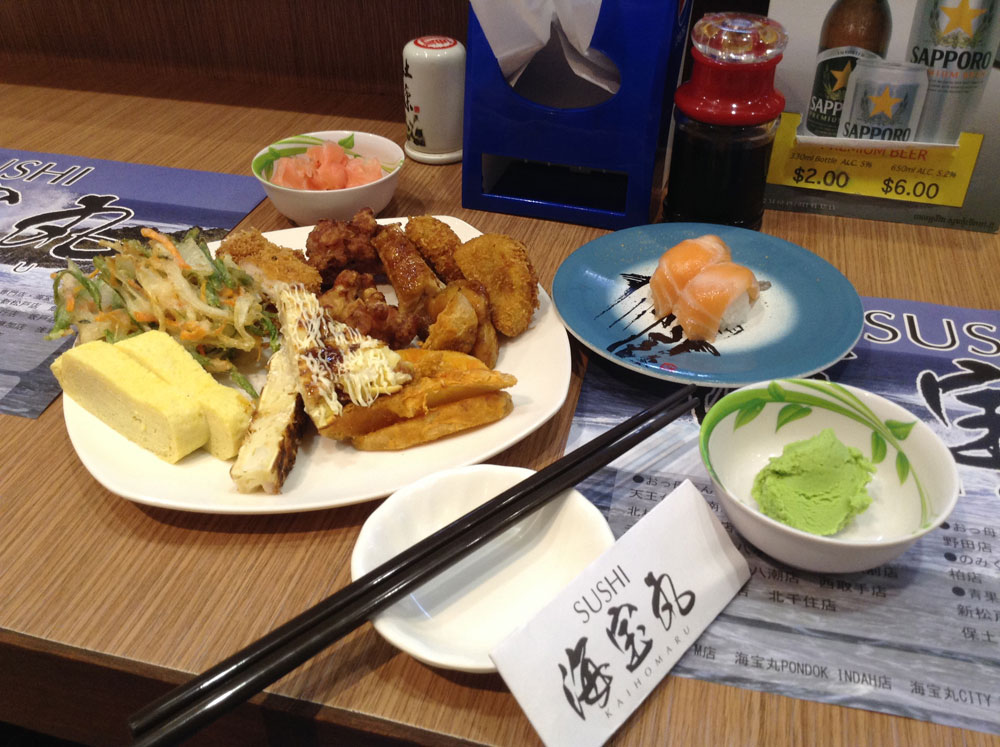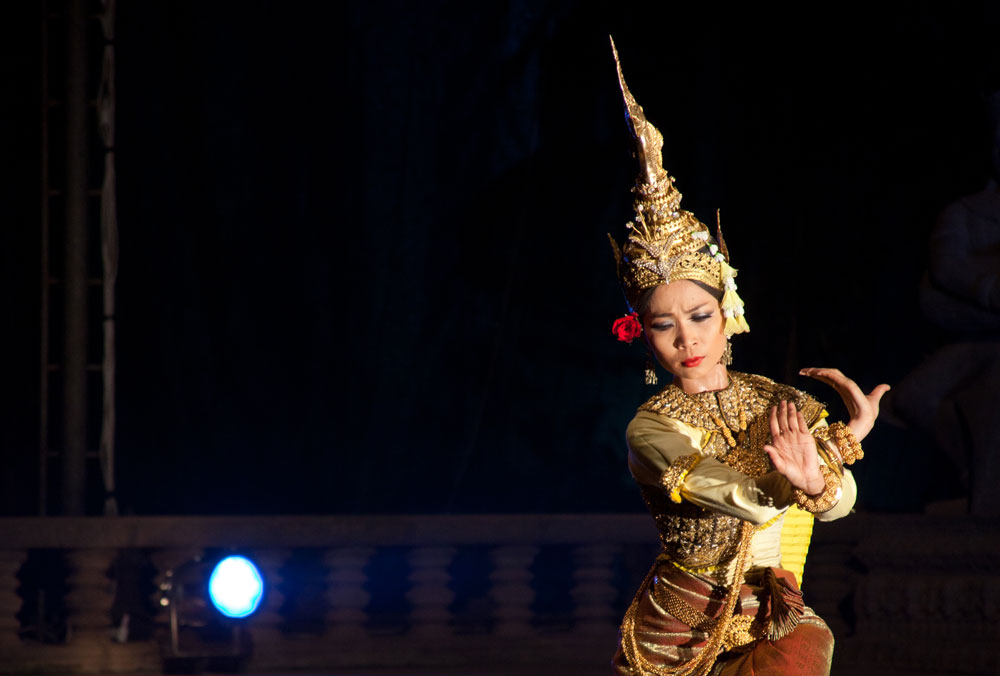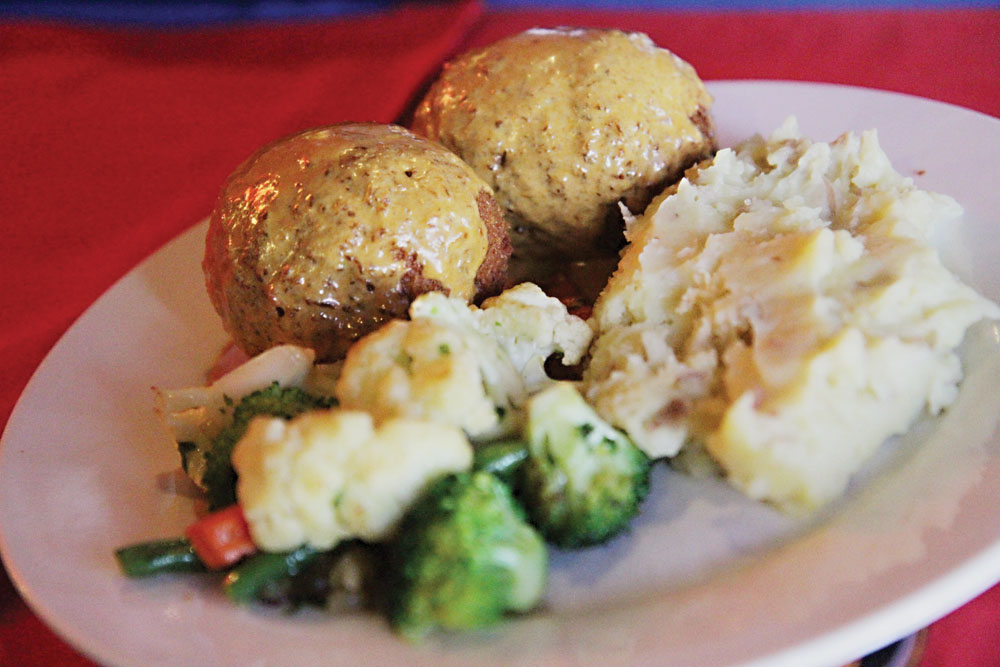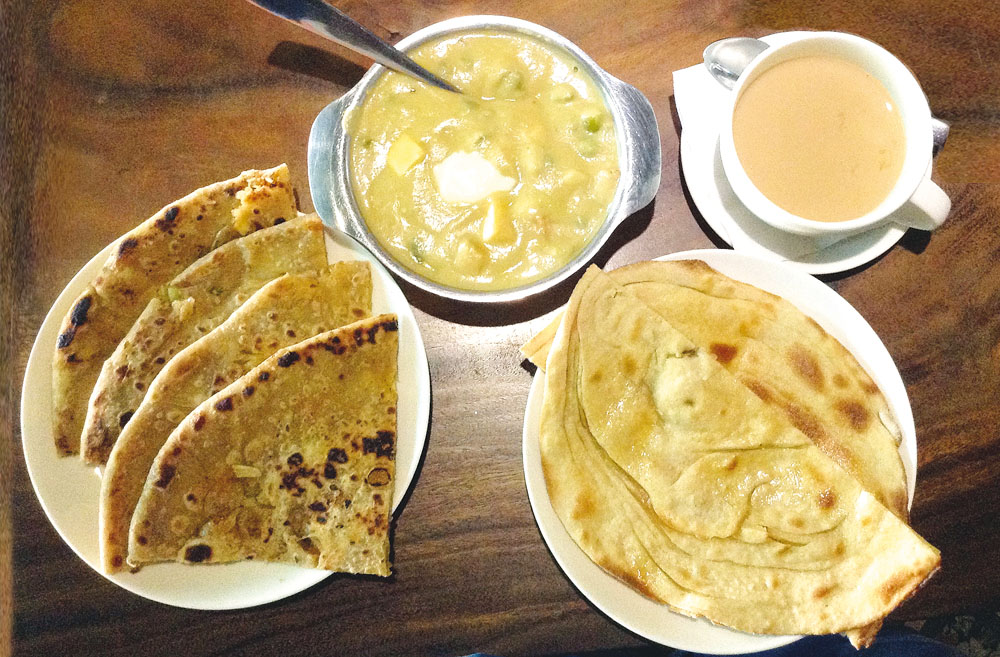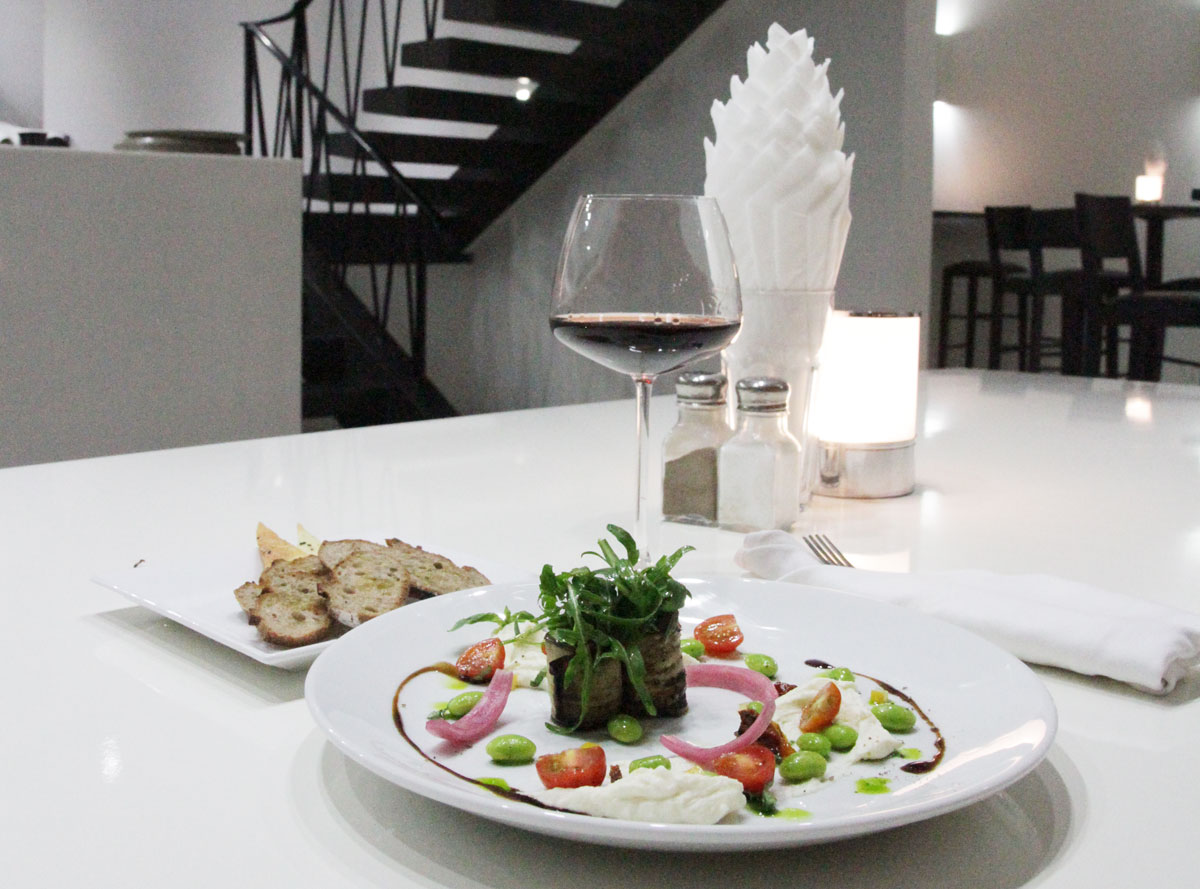With just 67kg of compact body mass, the 27-year-old Cuban is hardly imposing at first glance. Most professional boxers in Cambodia have at least a couple of inches on him, yet almost all of them refuse to confront him in the ring. I’m here at Bayon BTV stadium to find out why.
On this November afternoon, the air feels a little cooler and lighter; perhaps we’re finally entering the Cambodian ‘winter’. Walking towards the tent, I hear the overexcited shouts of the crowd. Inside, the air’s stuffy and the screams louder. The spotlight rests on two thin, muscular figures in the ring. Only one seems to be dispensing punches; the other is crouching, protecting his face and ribs with both arms. The fighter administering the terrible punishment glistens with sweat; Reymi’s rapacious eyes peer determinedly from behind his blue gloves. The Cuban unleashes a terrifying uppercut to his opponent’s chin; the young Khmer stumbles and falls on his buttocks. The crowd goes mad with excitement.
Reymi is one of only a handful of foreign boxers trotting the rings of Phnom Penh. Last year he left Cuba for the first time to pursue a career as a professional boxer, something he wasn’t able to do in his native country: there, boxing is an amateur sport that pays laughable wages. In an epic journey around Southeast Asia, he faced opponents in Thailand and the Philippines to improve his technique, and trained for three months at a renowned gym in Cebu. In March he arrived in Cambodia, where he’s since struggled to find anyone willing to challenge him. An undefeated record and a career that includes encounters with ex-world champs Guillermo Rigondeaux and Vasyl Lomachenko, and sparring sessions with Nonito Donaire, leaves little wonder most folk think twice before taking him on.
Reymi fought Rigondeaux as an amateur in 2003, when he was 16 and Rigondeaux was already Olympic champion from the Athens games in 2000. Rigondeux won, but it was a much tougher fight than anyone anticipated and the young challenger put up a good fight. In 2007, still as an amateur, Reymi fought Lomachenko, already amateur world champ. Lomachenko won by unanimous decision. Here in the stadium today, Reymi is a powerhouse: fast and fierce. He’s also smart.
A tall, rather imposing man stands at one side of the ring, close to the ropes, watching Reymi’s every move. He wears navy blue pants and a purple T-shirt bearing the Cambodian flag. Commandingly, he shouts instructions to the Cuban fighter. His name is Rolando. Like everyone in the stadium, he knows the fight will soon be over. Reymi throws a powerful hook that connects with his opponent’s temple. For a fraction of a second, the stadium goes completely quiet. The Khmer fighter wobbles and falls flat on his back. KO.
Rolando is Reymi’s coach. He’s also his father. Their stories are very different, but both are testimony to the courageous spirit of those willing to make one of the biggest sacrifices a person can make: to leave the land that has nourished you; leave the country you love. Rolando was an established and reputed boxing coach in Havana when one day he got a phone call from the Cuban government. He was told he had been selected to take part in a very special programme to improve athletic performance in underdeveloped nations. “I was told to pack up,” he says. “I was going to Cambodia to train the national team.”
Rolando left Cuba in 2010, for the first time in his life, and came to the Kingdom. The agreement between Havana and Phnom Penh stipulated a lease of two years to train a group of promising young fighters. For Havana, for Phnom Penh and for Rolando, the goal was clear: to reach podium in the 2011 Southeast Asian Games in Jakarta.
It wasn’t going to be easy. For starters, the trainers and fighters shared no common language. And the fighters, although talented athletes, were no boxers: they were Kun Khmer fighters. Elbowing, kneeing and kicking, vestiges of a life dedicated to the Cambodian fighting style, had to be completely eradicated from their collective arsenal. “One of the biggest challenges was to make them stop using their legs,” says Rolando. “They also needed to start thinking like boxers and become smarter in the ring. They were raw power and speed, but they weren’t able to analyse the fights and come up with strategies. They had to develop that craftiness a boxer relies on to win fights.”
As is so often the case with these things, they had to happen fast. Rolando had just 12 months to instruct his fighters in the Cuban boxing style, based on quick footwork, a strong defence and long combinations of punches. Strenuous training sessions were set, and the young fighters worked like never before.
With patience and care on both sides, eventually a language developed between trainer and students. It wasn’t Khmer, nor was it English or Spanish, but something entirely new. Open lines of communication gave rise first to mutual understanding then to affection, all based on the sharing of a common goal. Today, when Rolando talks about his “boys”, his face softens and he smiles with pride. The hard work paid off: just a year after his introduction as coach of the Cambodian boxing team, the country claimed three bronzes – among its finest Olympic results to date.
When the time came for Rolando to return home, Cuba was waiting for him. In Havana Airport the morning he was due to arrive, a group of relatives and government officials gathered by the passenger exit, eager to welcome him home. Hours passed. Rolando never showed up.
The Cuban, in clear defiance of his own government, failed to board the Havana-bound plane. Instead, he chose to stay put here in Cambodia. He had invested too much in his boys and wanted to take them further: “I wanted to do better; reach higher.” The transgression cost him dearly: the Cuban government punished Ronaldo’s defection by banning him from entering his island home for five years. He was no longer welcome in the land that he loved.
Next year, at the 2015 Southeast Asian Games in Singapore, Rolando will find out whether the sacrifice was worth it. He insists the team is ready to take four medals; convinced that Pech Tola, Takaman and Vorn Viva will, at least, secure bronze. With a ischievous grin, he notes he has one more card up his sleeve: “He will take gold, but I can’t tell you who he is. He’s my secret weapon.”
Rolando’s ambitions extend beyond the regional games: he dreams of leading his team to the 2016 Olympic Games in Rio de Janeiro. Achieving this would be the pinnacle of his career. But while Ronaldo dreams of Olympic glory, his son Reymi’s ambitions are no longer confined to the ring. The young Cuban pugilist still has the potential to make it as a professional boxer, but he has lost something important: he no longer craves being a sensation in the ring. Without a manager who believes in him and is able to find suitable opponents, and without the money to fight outside Cambodia, Reymi’s boxing ambitions have dwindled. Now, all he wants is to settle in Phnom Penh and get a job that allows him to sustain his family back in Havana. But while their ambitions may be different, father and son share one hope for the future: to return to Cuba, the land where they threw their very first punches.
